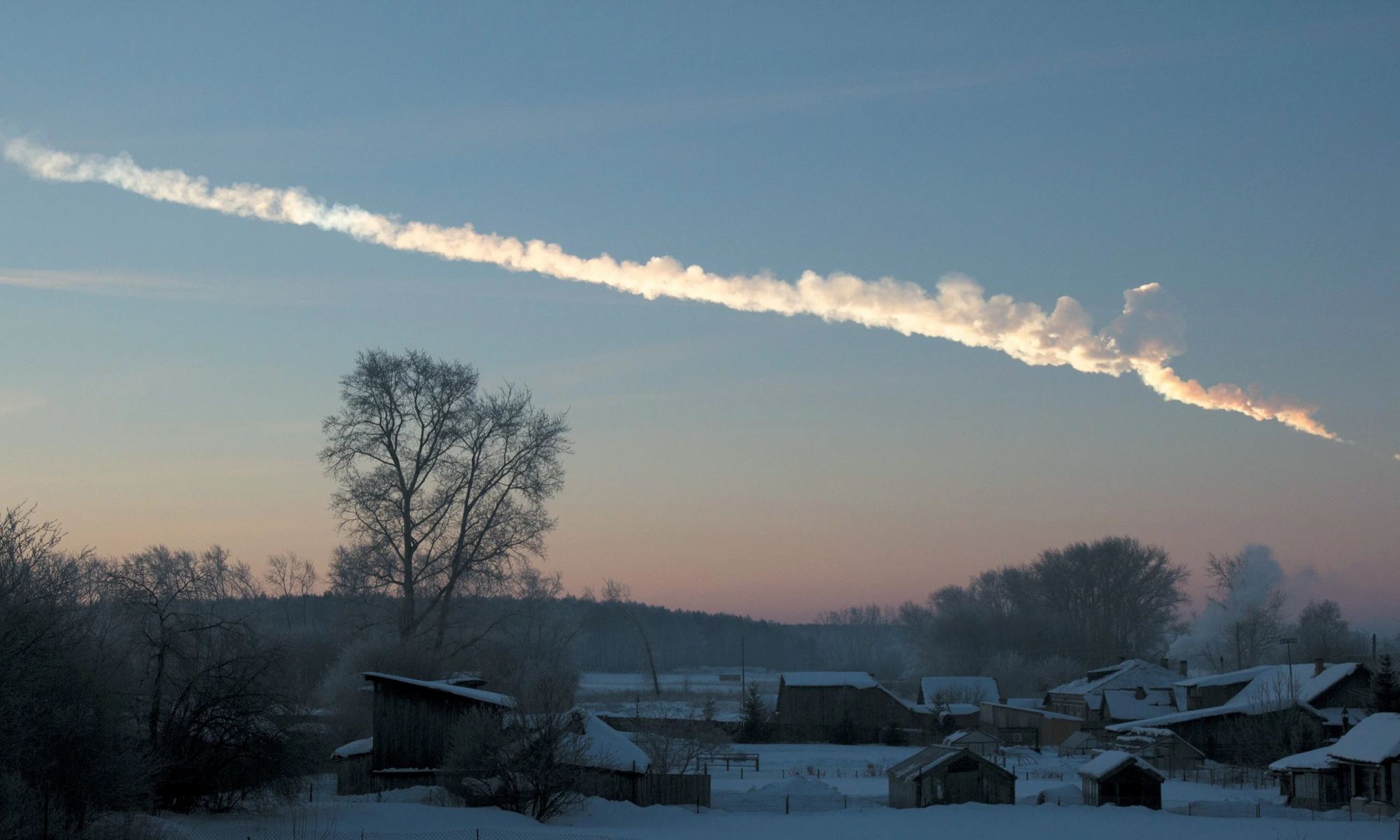After going eight years and more than 300 launches without a failure, SpaceX had a Falcon 9 rocket launch go awry, resulting in the expected loss of 20 Starlink satellites.
The Federal Aviation Administration said it would oversee an investigation into the anomaly, raising the prospect that dozens of launches could be delayed until the problem is identified and rectified. Update for July 27: SpaceX was able to resume Falcon 9 launches after the FAA ruled that no public safety issues were involved in the anomaly.
As many as 40 Falcon 9 launches are on tap between now and the end of the year — potentially including missions that would carry astronauts to the International Space Station and send the privately funded Polaris Dawn crew into orbit for the world’s first commercial spacewalk.
Continue reading “SpaceX’s Rocket Failure Could Cause Delays for Lots of Launches”









